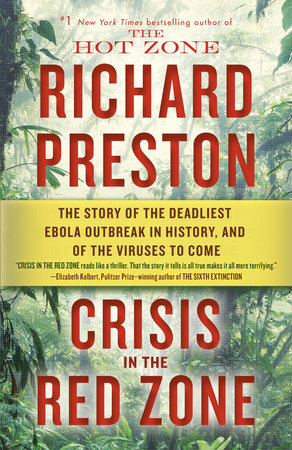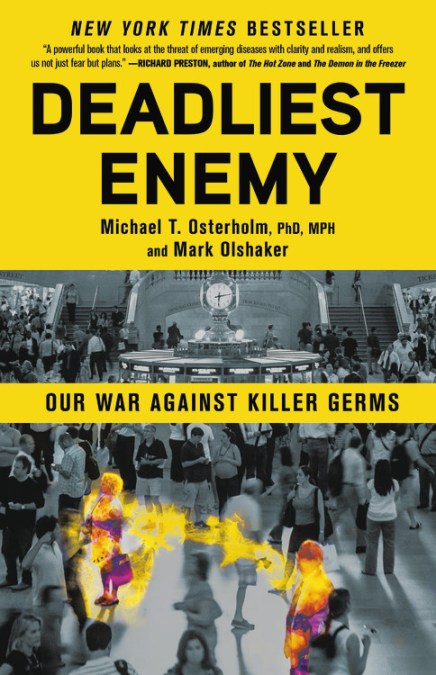Applied technologies for detection of COVID are basically PCR molecular assays and immunoassays. However, CRISPR developments are entering into diagnostics and you may find the first example in Nature.
We report development of a rapid (<40 accurate="" and="" as12-based="" assay="" br="" crispr="" detection="" easy-to-implement="" extracts.="" flow="" for="" from="" lateral="" min="" of="" respiratory="" rna="" sars-cov-2="" swab="">We validated our method using contrived reference samples and clinical samples from patients in the United States, including 36 patients with COVID-19 infection and 42 patients with other viral respiratory infections. Our CRISPR-based DETECTR assay provides a visual and faster alternative to the US Centers for Disease Control and Prevention SARS-CoV-2 real-time RT–PCR assay, with 95% positive predictive agreement and 100% negative predictive agreement.The role of CRISPR in diagnostics tests is going to increase.
Daido Moriyama





